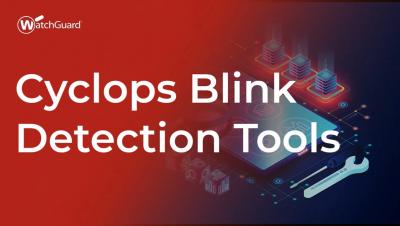I have trust issues and so does my CISO
Trust is hard to earn but necessary for any successful relationship. As organizations build the systems to support Zero Trust, they find themselves balancing security and functionality across their operations. Incident Response and Network Operations in particular can be full of traumatic experiences, and as we sink into those moments the typical responses are freeze, flight, or fight.











